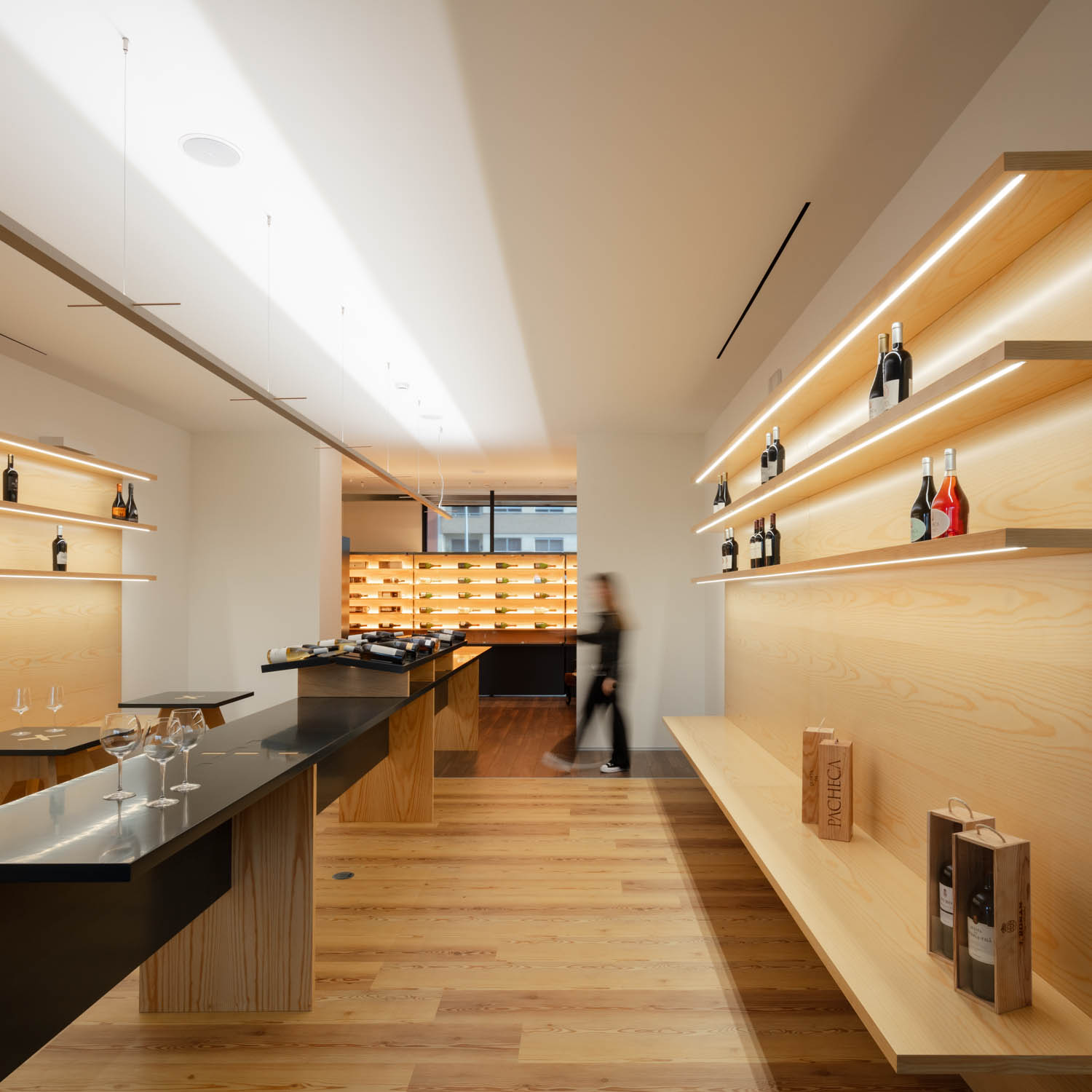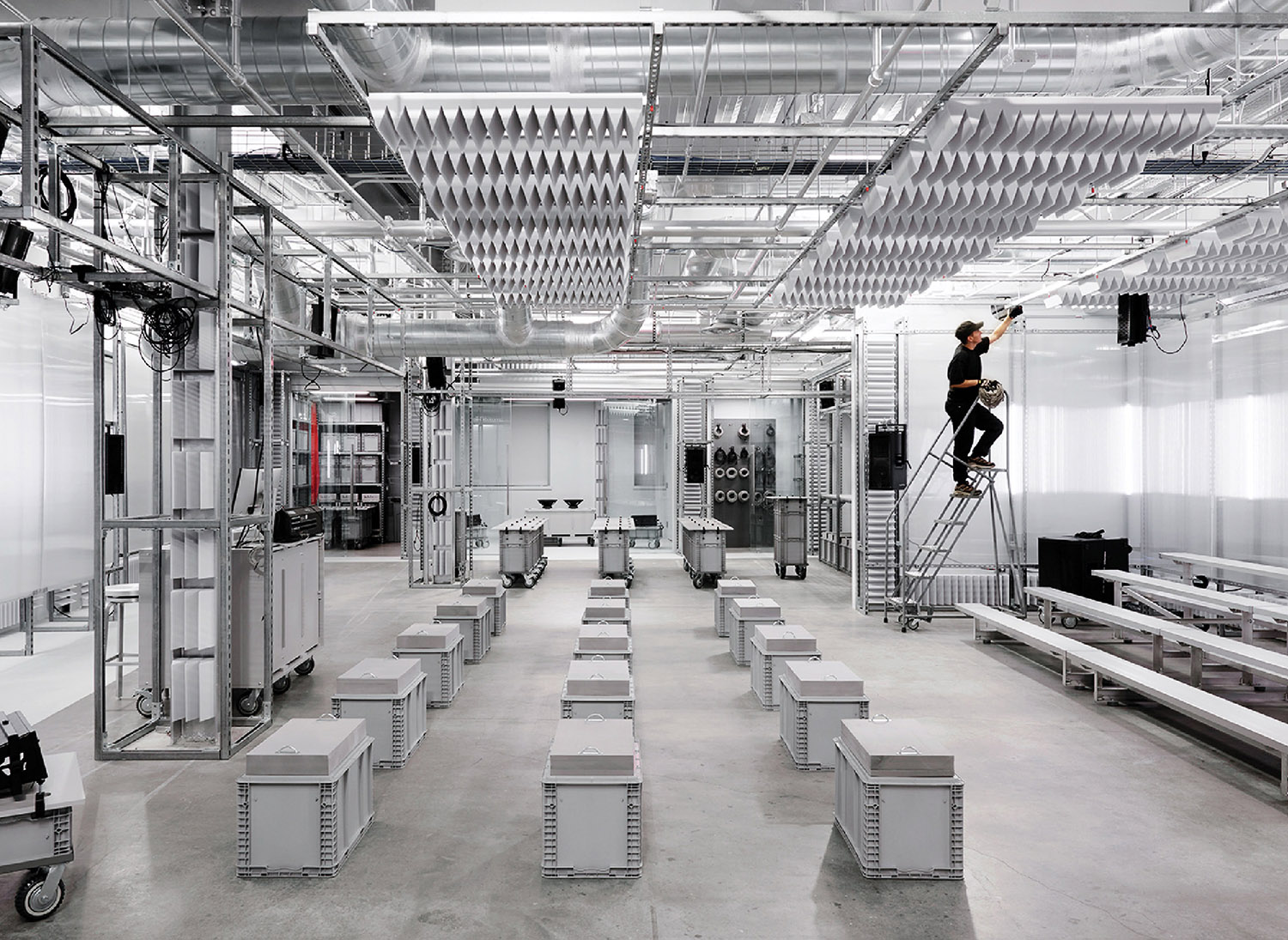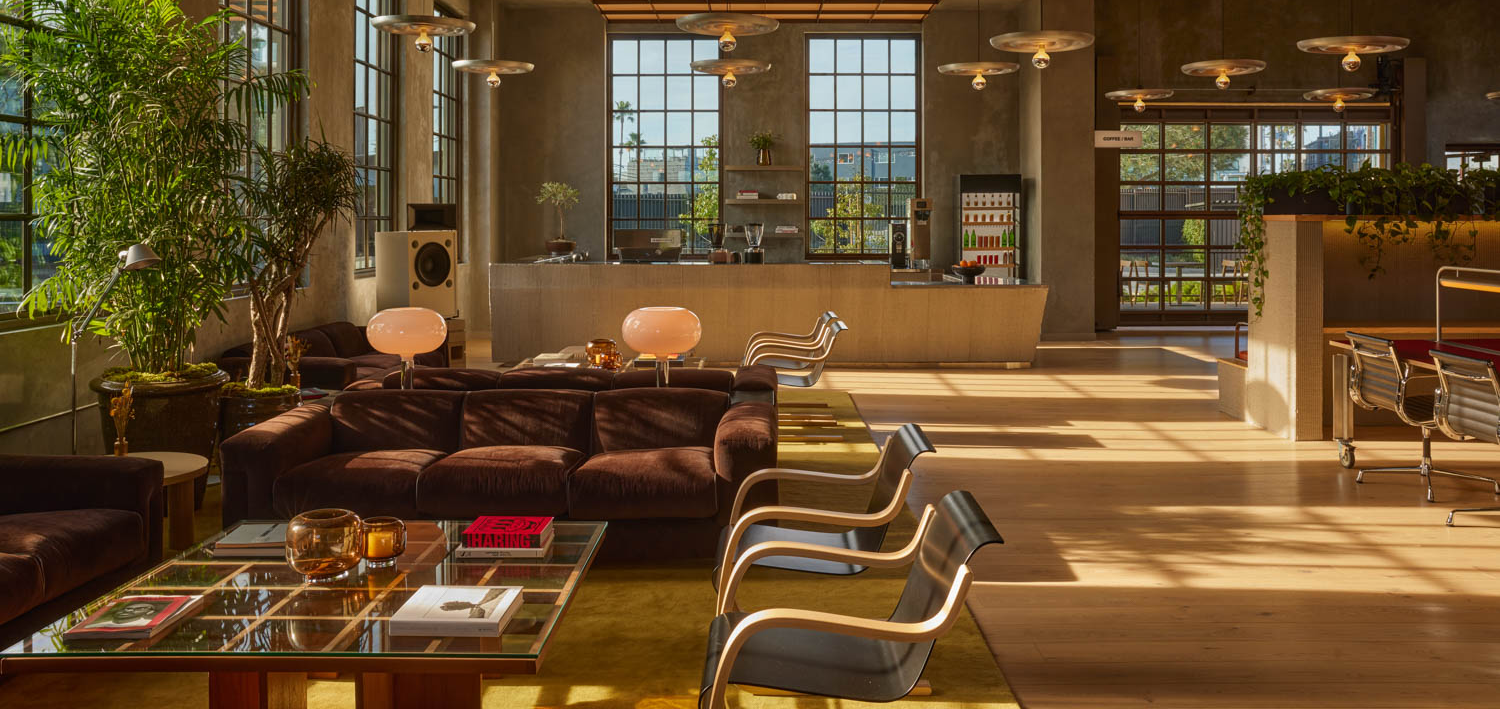The Stuttgart Home of Designers Peter Ippolito and Stefan Gabel is a Living Travelogue
The rhino’s head seems to snort as you enter the 3,230-square-foot maisonette. Though a replica, the faux taxidermy is so lifelike you have to wonder: Is this the home of a big game hunter, right here in the middle of Stuttgart’s fine residential neighborhood, in a neoclassical building by renowned architect Alfred Seitz? Actually, the homeowners are hunters of a different kind, ardent collectors of beauty. Architect and Interior Design Hall of Famer Peter Ippolito and his partner, textile designer Stefan Gabel, have transformed their two-story space into a three-dimensional diary of joint adventures.
In Germany’s hilly motor city, houses brace themselves against steep verdant slopes as if trying to stem the pull of gravity. You feel a similar sensation in this apartment. Everything appears in place, yet a subtle tension is palpable. The minute you turn your back on things, they might well rearrange. Ippolito, managing partner of the Stuttgart-based identity architects Ippolito Fleitz Group, admits he loves to redecorate. “The process was more important than the result,” he explains, confessing that “when we feel like an apartment is finished, we tend to jump right into the next one.”
This space teleports visitors to an exotic place, filled as it is with Chinese vases, Maneki-neko, Laotian textiles, and African masks—disparate elements from distant destinations brought together to form a new cosmos. The wedge-shape central hallway, for instance, is a veritable cabinet of curiosities. Inside the front door stands a trunk of dark wood that once served as a threshing bench in a South Indian village. It could be mistaken for some kind of canoe, mysteriously stranded here like driftwood washed ashore. The piece weighs half a ton, and required a crane to lift it through the window plus six strong men to haul it into place. Now it reposes below a huge custom mirror reflecting the art pieces (by the likes of Frank Stella and Martin Puryear) and fin de siècle doors leading to the various living spaces.
The suggestion of greenery is omnipresent. Taking a left, one arrives at a jungle room clothed in a Timorous Beasties wallpaper bearing an emerald rain forest. The abundant sunshine is dimmed via a vinelike cotton-string curtain—actually a textile “intervention” by Berlin artist Maria Laurent. Mounted to one wall is a plaster Barbary ape, teasingly offering a lamp in the shape of a singular green bulb. A twisting staircase with violet treads leads up to the skylit study and TV lounge. On the opposite side of the room, a life-size wooden sculpture of a horse guards the portal to a library with seemingly infinite shelves of books, an impression created by a floor-to-ceiling mirror on the perpendicular wall. It takes a minute to realize this is actually the master bedroom (and that hidden in the mirror is a door to a sleek walk-in wardrobe).
Sauntering back across the “jungle” towards the rear of the apartment, you stumble right into the seventies. A huge leather sofa that curves like a toothy grin faces a suspended fireplace that required a new chimney. With a fire crackling in the background, the space is a dynamic setting for ease and relaxation, conjuring a feeling akin to discovering a clearing in the woods. An inspiring clash of vintage pieces and art—Florian Baudrexel’s 3-D cardboard sculpture, a Richard Serra etching—blend into a cohesive whole.
Every room breathes a unique atmosphere driven by meticulous detailing. In the dining room is a ceiling fresco by Alix Waline, a composition of pointillist dots that form a buzzing swarm. Abundant weaves lend coziness: silk wallpaper, Uzbek ikat, a framed Indian textile. Opening off the room’s rear is a pint-size nook whose oriel bay window is shaded with gold-tone Venetian blinds. Blurring the boundaries of perception, an op-art custom wallpaper by Gabel—head of design for German textile house ADO Goldkante—backdrops an oversize aluminum sculpture. Also on this floor is a gym, which doubles as a guest room, and the kitchen, a confection of stainless steel.
Is this apartment a good example of how Ippolito Fleitz Group works? Indeed, it is. Over the last decade, IFG has grown into an international player with studios in Berlin and Shanghai and representative offices in Moscow, Zurich, and Seoul. The firm’s portfolio represents elaborate design, surprising solutions, and unconventional ways of dealing with clients’ needs. “A lot is intuition,” Ippolito explains. “We’re all pretty good at reading our clients and establishing an intimate dialogue, which establishes a level of trust.” The apartment’s structured beauty is a testimony to this ethos of openness and curiosity, each room a tableau vivant.
Project Team: Markus Schmidt, Gunter Fleitz, Lena Hainzinger, Hanna Drechsel, Masafumi Oshiro, Kim Angenendt: Ippolito Fleitz Group. Boschert Schreinerei & Innenausbau: Woodwork. Parkett-Schliff.de: Parquet Flooring Installation.
> See more from the Fall 2016 issue of Interior Design Homes


